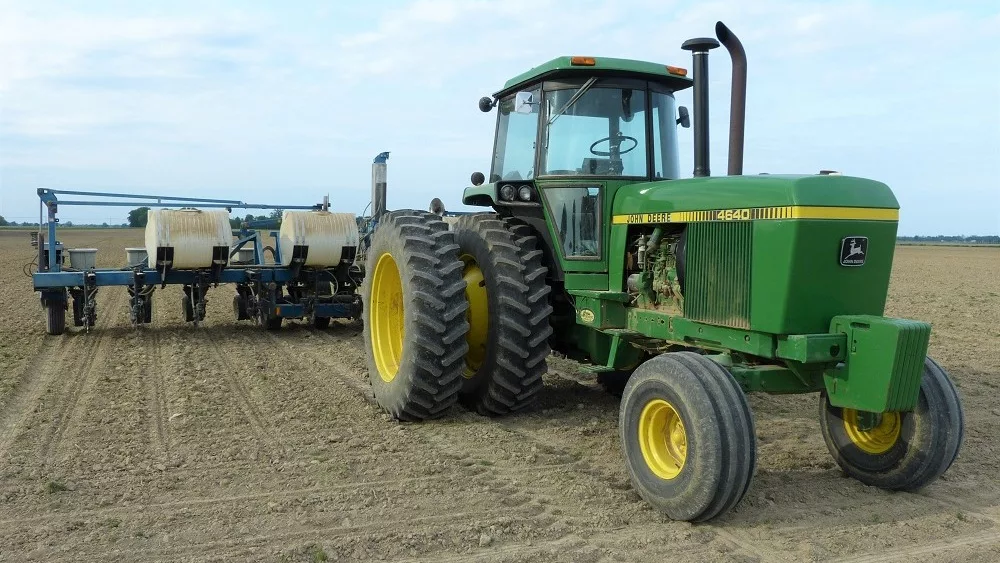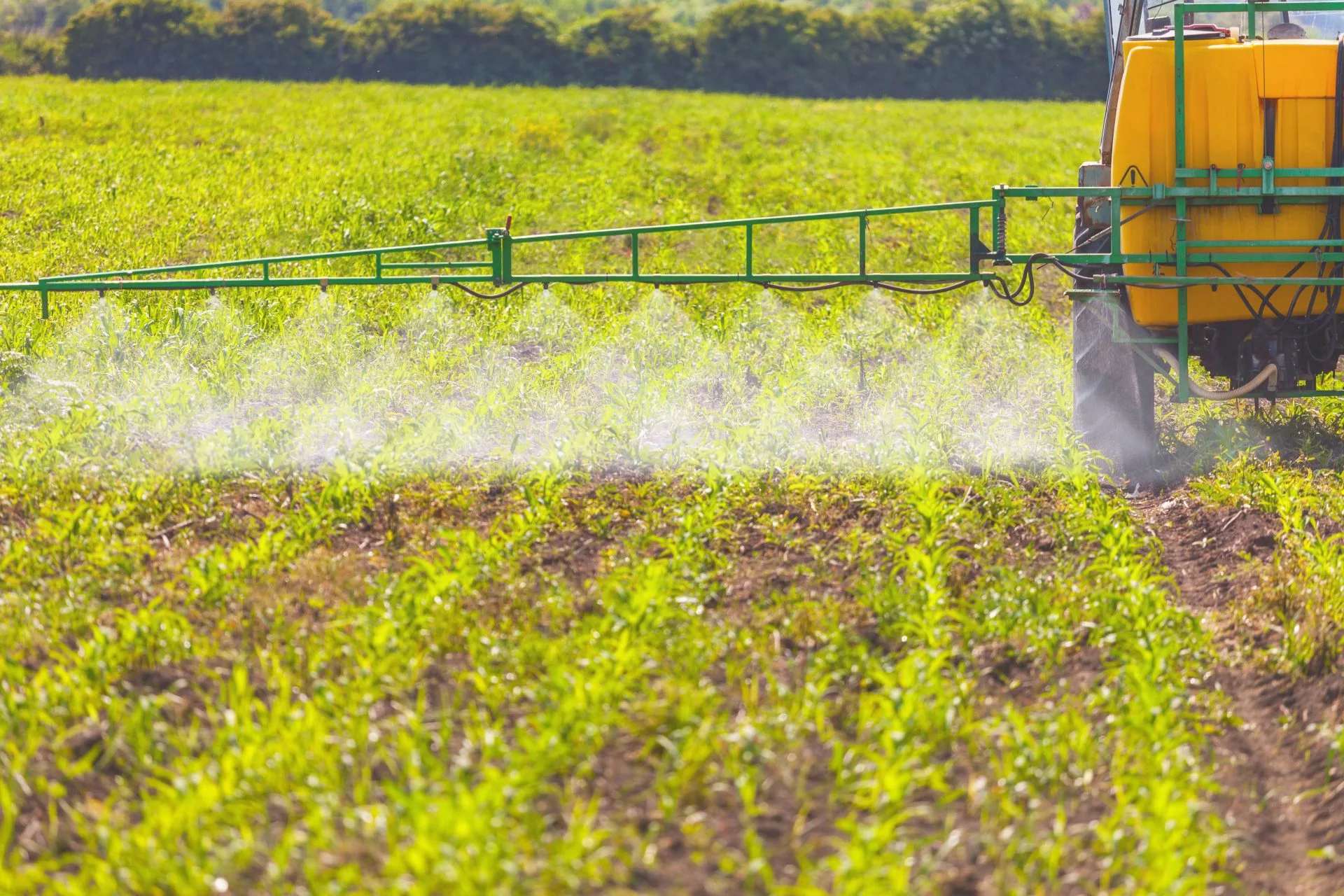Field Crops
Rain showers fell across a majority of the state as growing conditions remained generally favorable, according to Marlo D. Johnson, Director of the Great Lakes Regional Office of the National Agricultural Statistics Service. There were 4.3 days suitable for fieldwork in Michigan during the week ending July 11, 2021.
Thirty percent of the State remained in moderate to severe drought condition. The driest areas included the counties surrounding Saginaw Bay in the east accompanied by Manistee and Benzie counties in the west.
Corn condition improved significantly in areas where rainfall was prevalent; 73 percent of the crop was rated good to excellent. Soybean condition improved slightly with 64 percent of the crop rated good to excellent; near ideal growing conditions were reported in some areas, contributing to the rapid progress in blooming. Dry Bean condition continued to deteriorate as water damage from previous weeks became apparent.
Winter wheat showed swift progress as a large portion of the crop reached full maturity. Harvest commenced in the Southern Lower Peninsula.
Hay producers worked to finish first cuttings as second cuttings were on-going. Although second cutting progress was ahead of schedule, the conditions for haymaking were challenging across most areas. A combination of precipitation and high humidity delayed mowing and drying alike.
Other activities included crop scouting, spraying, and mid-season equipment maintenance.
Corn
Silking: 4%
Condition: 73% G/E
Soybeans
Blooming: 37%
Pod Set: 2%
Condition: 64% G/E
Wheat
Mature: 85%
Harvested: 12%
56% G/E
Barley
Mature: 9%
Headed: 71%
67% G/E
Dry Beans
Blooming: 5%
44% G/E
Oats
Headed: 89%
Mature: 13%
62% G/E
Sugarbeets
57% G/E
Range and pasture
57% G/E
Fruits
Thoughts began to turn to summer fruit harvest last week. Early season peach varieties like Desiree, Early Star and PF Early Eight Ball, were beginning to color in the Southwest.
Tart cherry harvest in the Southwest began and was anticipated to begin soon in the Northwest. Spotted wing Drosophila (SWD) catches continued to be low but an uptick was anticipated soon. Late harvested tart cherry blocks were expected to need protection against SWD.
Apple fire blight symptoms were scarce. Sooty blotch and flyspeck infection periods increased with the precipitation events over the past few weeks.
Blueberry harvest in early varieties continued. Bluetta, Duke and Draper were harvested in the West Central. Bluecrop harvest will begin soon there. Growers were working to keep cover sprays for anthracnose and alternaria on fields. Some had to turn to aircraft for assistance because fields were too wet to hold spraying rigs.
Vegetables
Pumpkins were at tip-over and beginning to flower while harvest of cucumbers and zucchini was underway. Pigweeds were reported in some asparagus fields, having escaped herbicide applications earlier in the year.
Late season carrots were being planted, with producers in the West Central region applying fungicides and insecticides.
In several fields, sweet corn was tasseling or silking, with tar spot symptoms being detected in some of them.
New potatoes were being harvested while more were being planted. Forecast for late blight was at medium risk throughout the State, but no late blight had been reported in the country to date.





